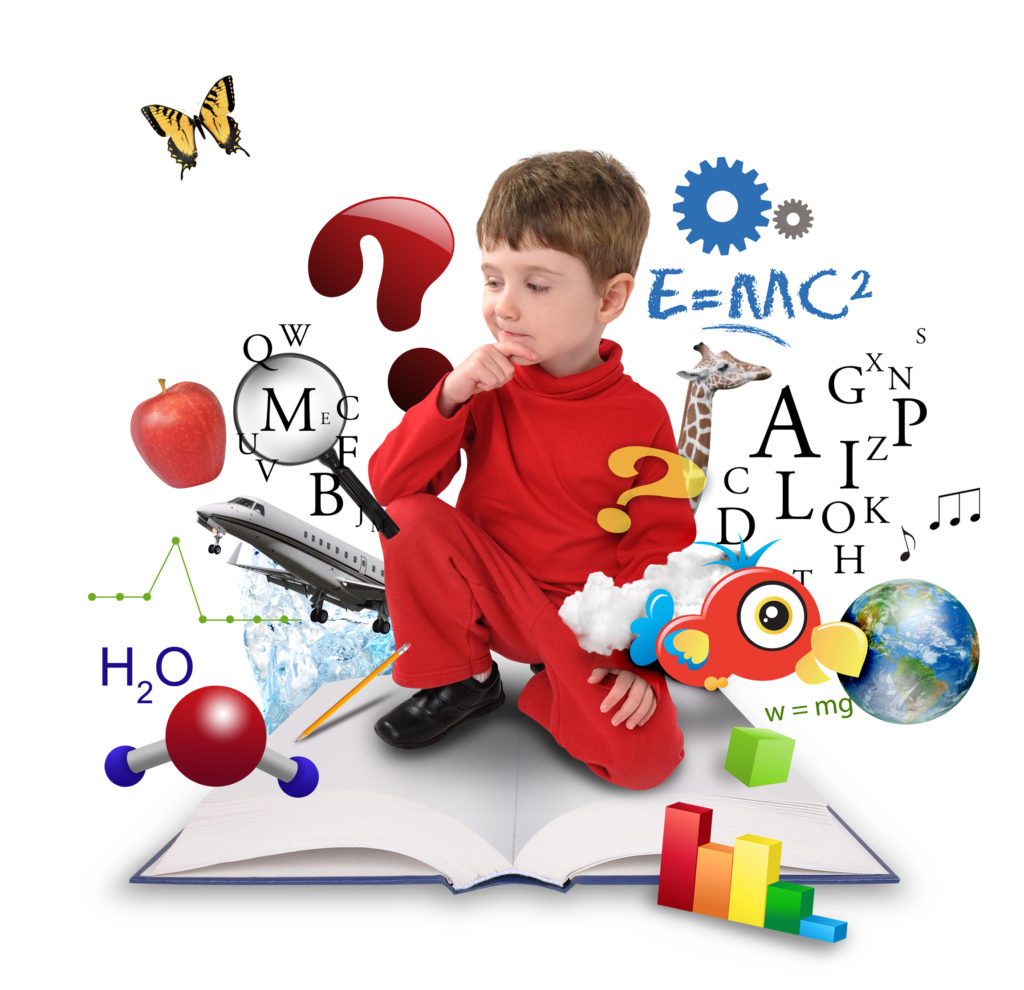Even though years, technology is still a hot button issue. Some educators and students love and rehearse technology flawlessly every single day, while some hate it and don’t realise why they need to be made to apply it in any way.

In addition, complicating any discussion with the role of technology in schools will be the perceived inequality gap between rich and poor school districts. Some schools appear to have endless helpful information on new technology (think iPads and 3D printers), while other schools need to take what wealthier schools might disregard as old.
Similarly, supporters of technology point out that technology from the classroom encourages independent learning, teaches real-world life skills (e.g. crafting messages, online etiquette), inspires creativity, and helps students experiment in disciplines for example science by utilizing more using new tools.
However, critics of technology from the classroom point out that it contributes to distraction (in particular when students are checking Facebook on the web . attention), fosters poor studying and research habits (e.g. just searching Google as opposed to really researching an interest using library resources), and will lead to problems like cyber bullying or invasion of privacy.
What’s clear is that there are certain trade-offs a part of technology. Educators must not view technology like a panacea that will magically teach students the best way to read as soon as they have access to an iPad. And students must not view tablets, phones, and 3D printers simply as toys to prevent the real work of studying.
That’s why the main element decide any discussion about technology from the classroom (and out from the classroom) will be the teacher. If the America Visa for teachers really wants to supplement an in-class lessons with web resources, he has to be sure that a lot of students have equal use of those resources. Some students may reside in a home with use of multiple computers and tablets, while some might reside in a home where there isn’t use of fraxel treatments.
The purpose of technology ought to be to make learning quicker and easier for those students. And that can often mean challenging many assumptions about how exactly students learn best. By way of example, one trend from the U.S. educational strategy is “flipping the classroom,” through which online learning plays a crucial role. Unlike the traditional classroom, where lectures occur in the school days and homework gets done in the evening, a “flipped classroom” means that students help teachers on homework in the school day then watch online video lectures in the evening.
And there’s an additional thing that has to be taken into consideration, and that’s the capacity for technology to prepare students to the whole world of the long run. That’s why many U.S. educators have become watching computer science and coding – they’ve got even described coding/programming like a new fundamental skill from the digital economy, right close to literacy. In cases like this, of course, it can be computer literacy that matters.
Whether it’s online education, iPads, gaming or BYOD, technology will play a critical role in the foreseeable future continuing development of education. It’s important for any teacher to know the various issues playing anytime they introduce technology in to the lesson plan as well as the overall classroom experience.
More details about America Visa for teachers have a look at our webpage: this site
